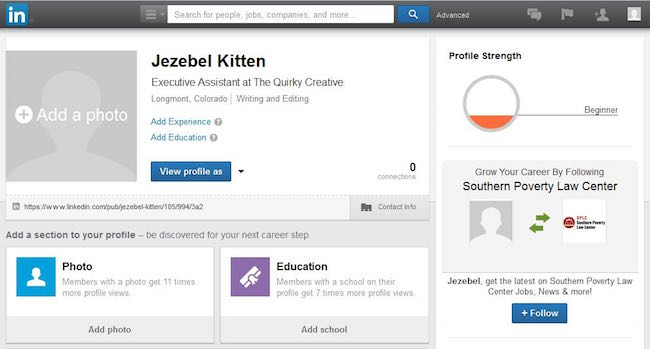What does gamification in education mean?
Gamification involves taking the familiar, enjoyable and motivational concepts common in games and applying them in other fields, such as business, marketing and education. The objective being to elicit the same emotions, attachment and dedication a user feels towards a game for the purpose at hand, be it work, consumerism or learning. In the case of education, gamification can help create a comfortable learning environment (Kapp, 2012) and motivate learners to explore and succeed.

Keeping motivation (Primetime Consulting, 2015)
Play is an essential human behaviour, and part of everyday life and commercial activities (Chou, 2016). Gamification is a method for obtaining a person’s interest by appealing to these play characteristics, through the use of game elements, and encouraging them to engage with the subject at hand. Gamification does not necessarily mean that something is actually a game, rather gamification extracts elements of fun from games and re-purposes them.
To demonstrate the difference between the concept of gamification and games, Upside Learning created a graphic that demonstrates the theory using the classic playground game “Hopscotch”, albeit relying on the standard rewards/badges motivator as the example game-like strategy.

New times call for new teaching methods (Careerprofessor.works, 2016).
It has been argued that the concept of gamification has become oversimplified, often taken to refer to the practice of exploiting systems such as collecting points and reward badges (Pihl, 2012) in order to appeal to users. Examining gamification, Kapp (2012) elaborates that “gamification is using game-based mechanics, aesthetics and game thinking to engage people, motivate action, promote learning, and solve problems.” Using the case of the LinkedIn progress bar as an illustration of a game-like strategy applied to typically laborious process, a potentially lengthy and annoying registration form is replaced by an interactive system. The progress bar gives instant feedback on the registration process in a user friendly manner and, once complete, the user is presented with similar profiles and given the option to immediately connect with those users. This concept of working towards and achieving a goal, plus a social connection, create a more engaging experience than a traditional website registration form (Chou, 2015).

LinkedIn uses game-like elements on the user’s profile page to motivate them (Rose and Lamont, 2015)
This site is dedicated to investigating the role of gamification in education. Topics explored include the use of game-like strategies for educational purposes and the influence of modern technology, plus all other key issues in the debate surrounding the benefits and limitations of the relationship between gamification and learning.
Bibliography:
e-Learning Infographics, (2015). Games vs Game-based Learning vs Gamification Infographic – e-Learning Infographics. [image] Available at: http://elearninginfographics.com/games-vs-game-based-learning-vs-gamification-infographic/ [Accessed 22 Jan. 2016].
Careerprofessor.works, (2016). CareerProfessor: Universities | CareerProfessor.works. [image] Available at: http://www.careerprofessor.works/universitiescolleges/ [Accessed 22 Jan. 2016].
Chou, Y. (2016). Actionable gamification. leanpub.
Kapp, K. (2012). The gamification of learning and instruction. San Francisco, CA: Pfeiffer.
Pihl, N. (2012). Gamasutra: Nils Pihl’s Blog – Gamification is a dirty word. [online] Gamasutra.com. Available at: http://gamasutra.com/blogs/NilsPihl/20121117/181723/Gamification_is_a_dirty_word.ph=?print [Accessed 9 Jan. 2016].
Primetime Consulting, (2015). Classroom Management. [image] Available at: http://www.primetimeconsult.com/classroom-management/ [Accessed 22 Jan. 2016].
Rose, A. and Lamont, I. (2015). Profiles Archives – LinkedIn In 30 Minutes. [image] LinkedIn In 30 Minutes. Available at: http://linkedin.in30minutes.com/tag/profiles/ [Accessed 22 Jan. 2016].